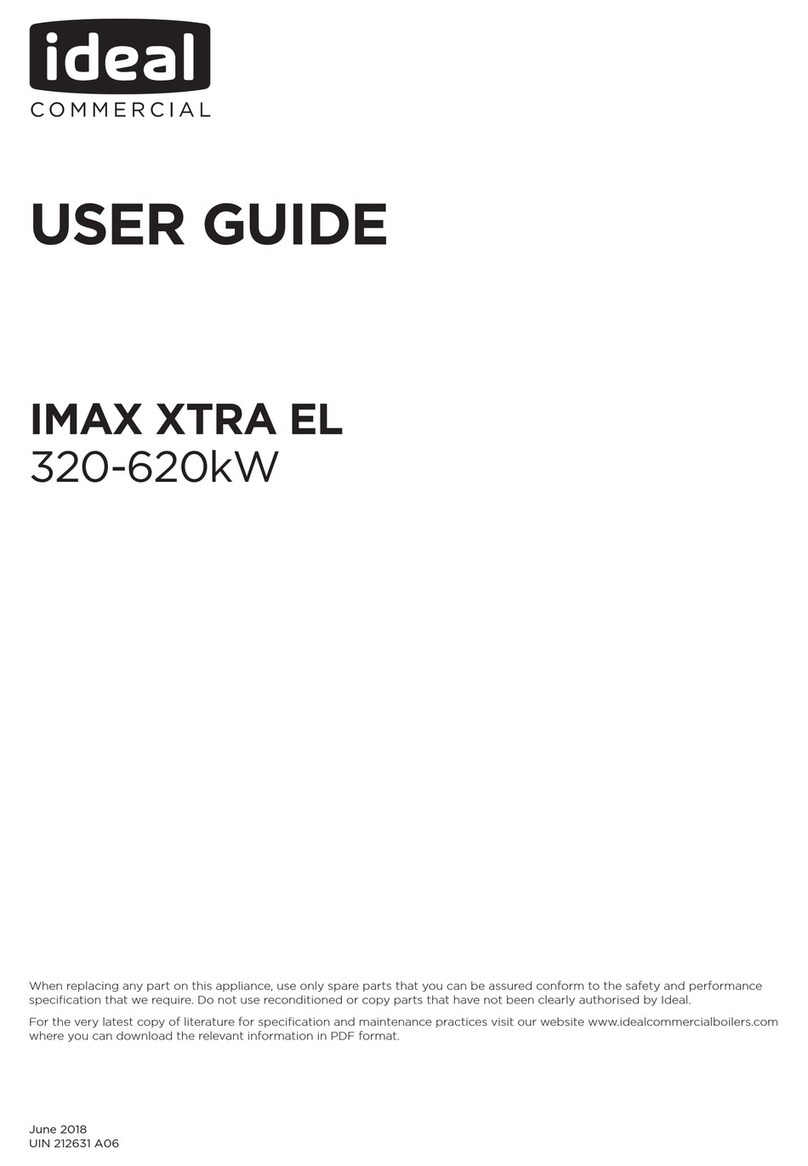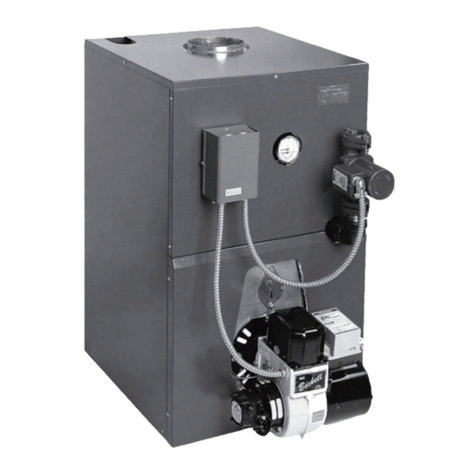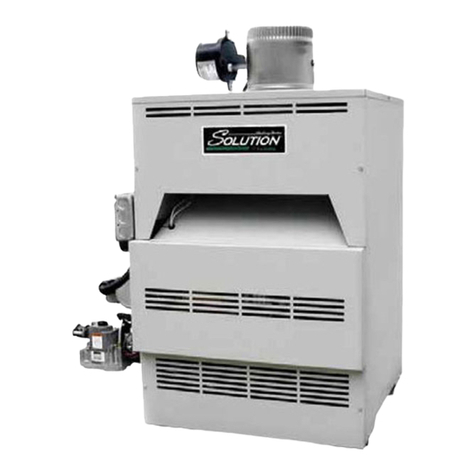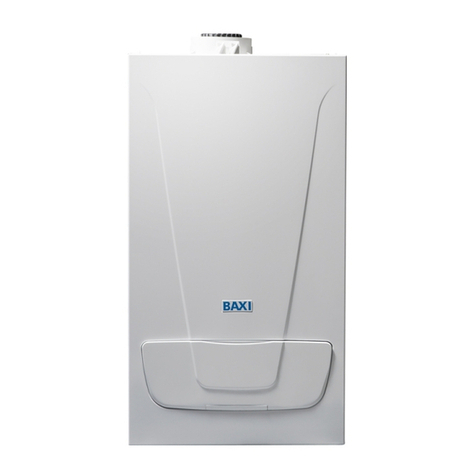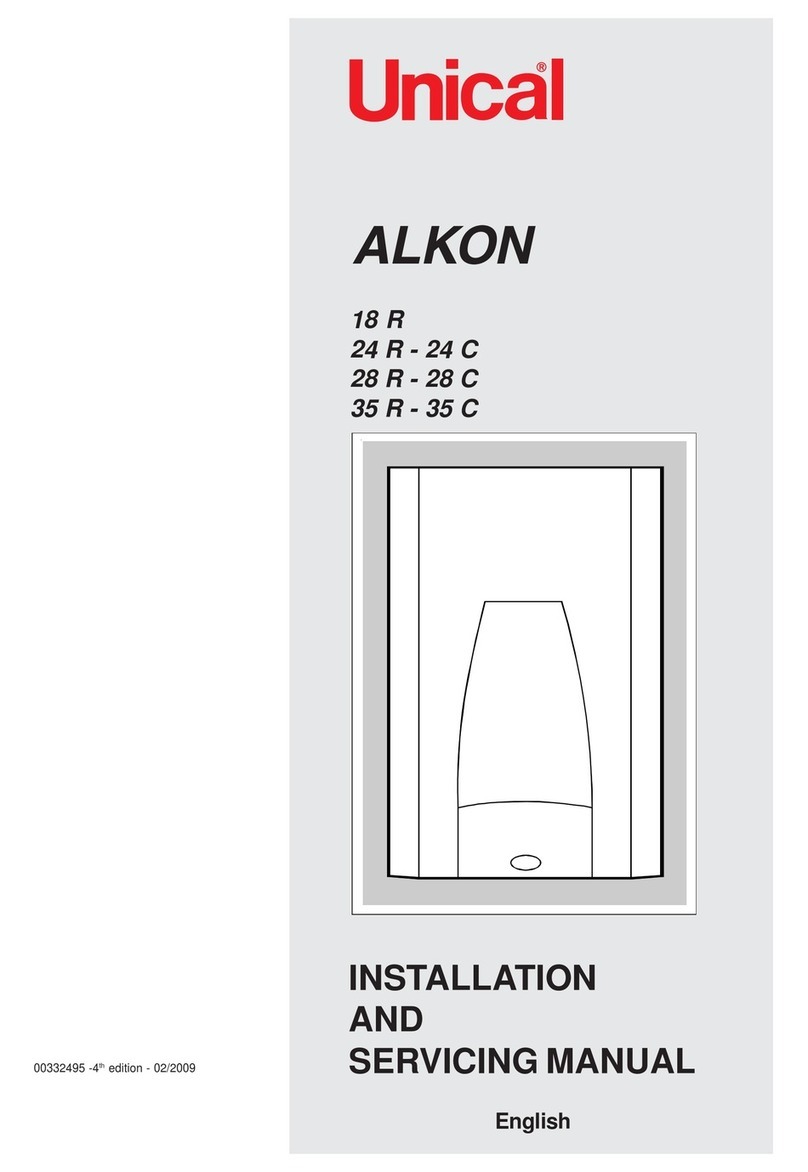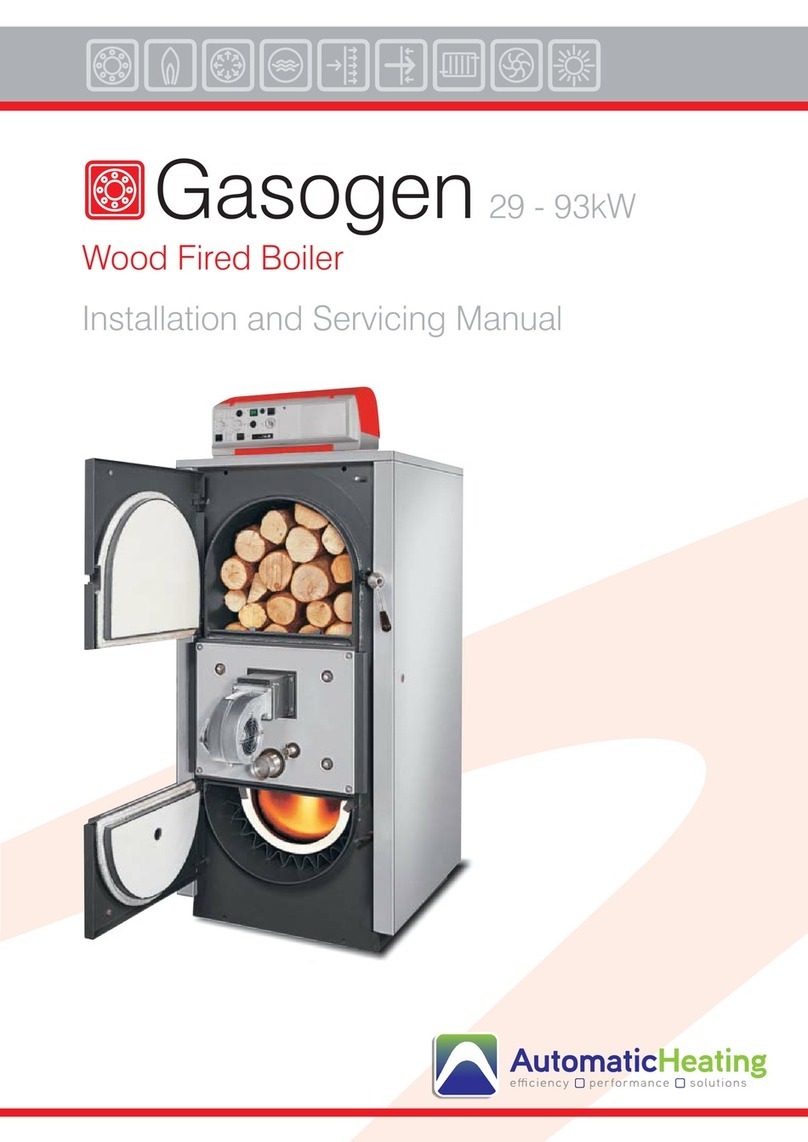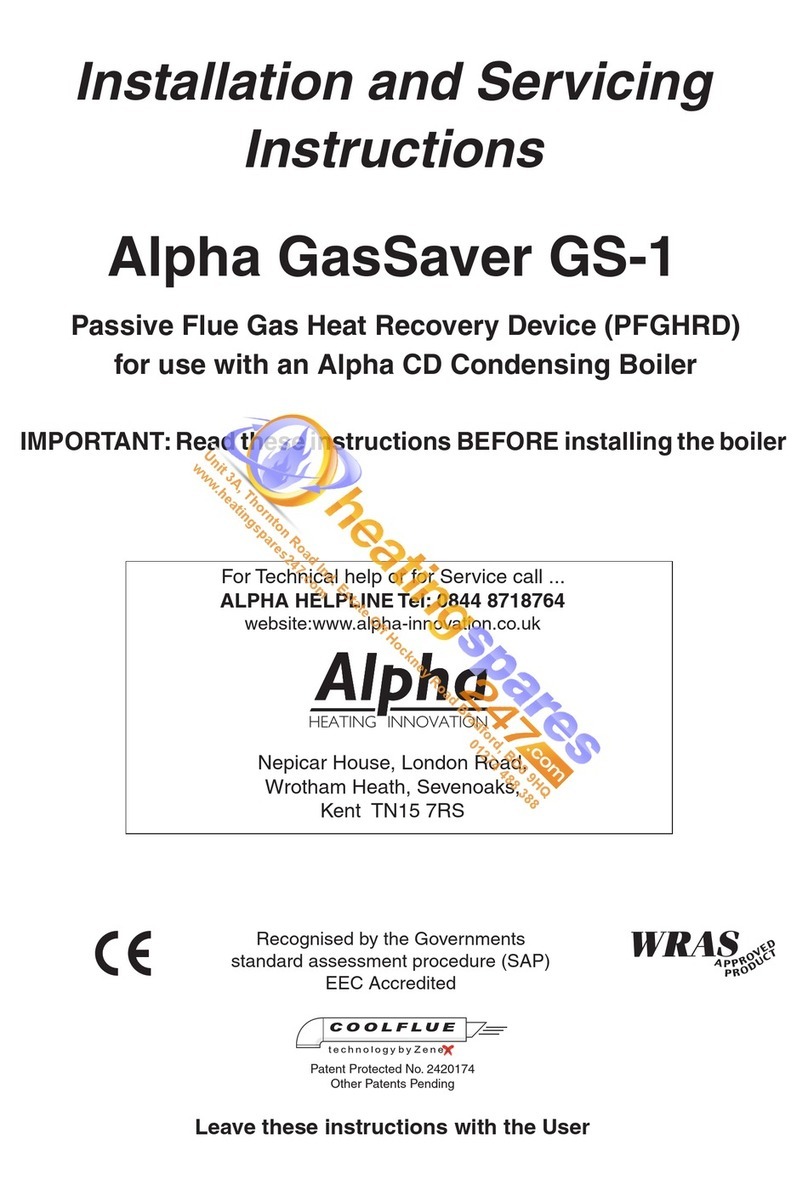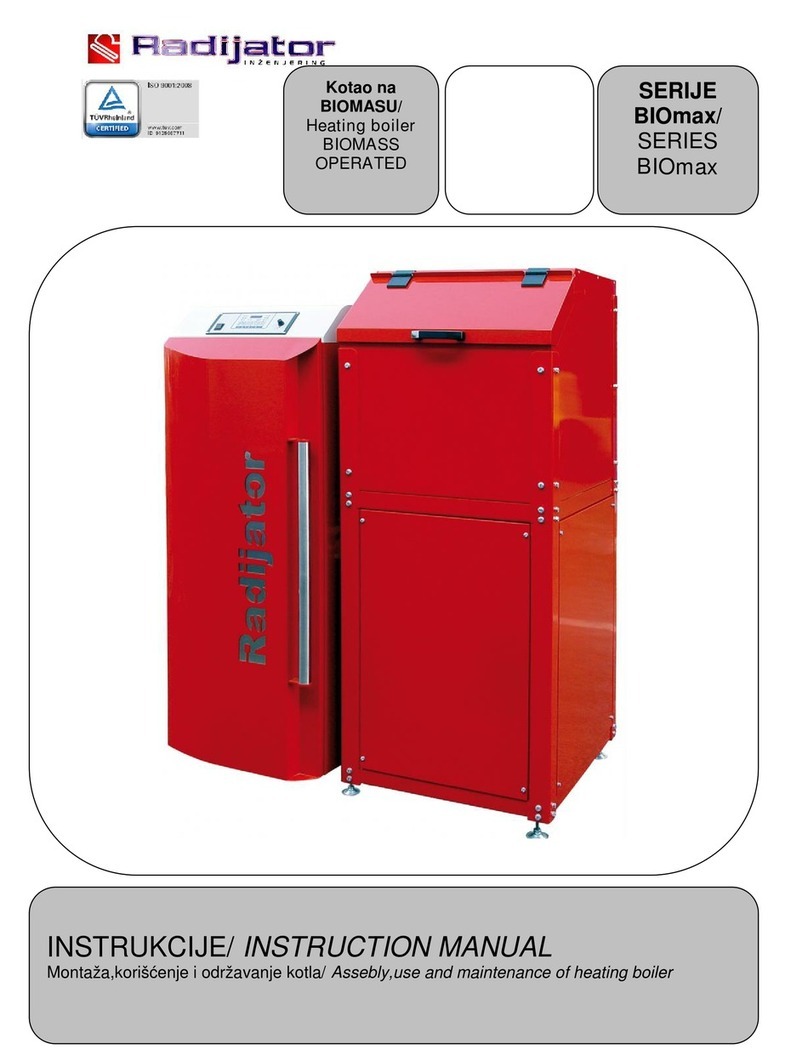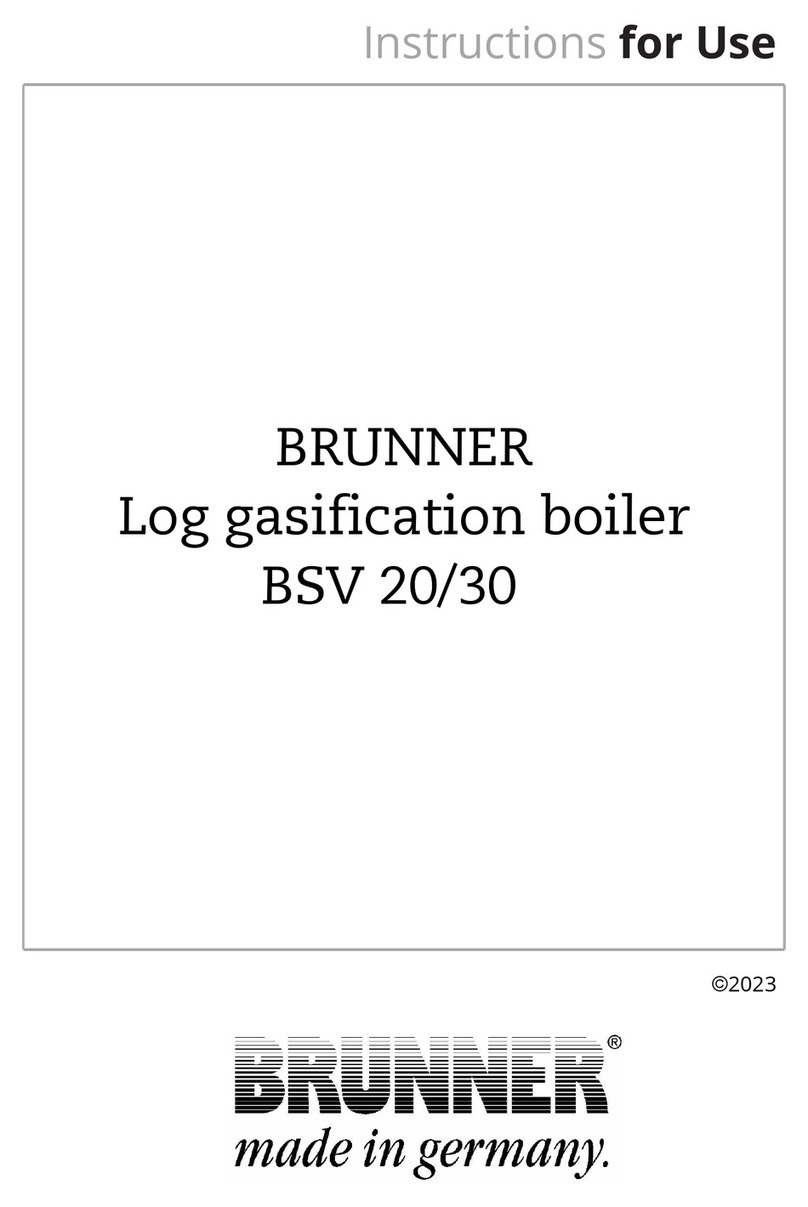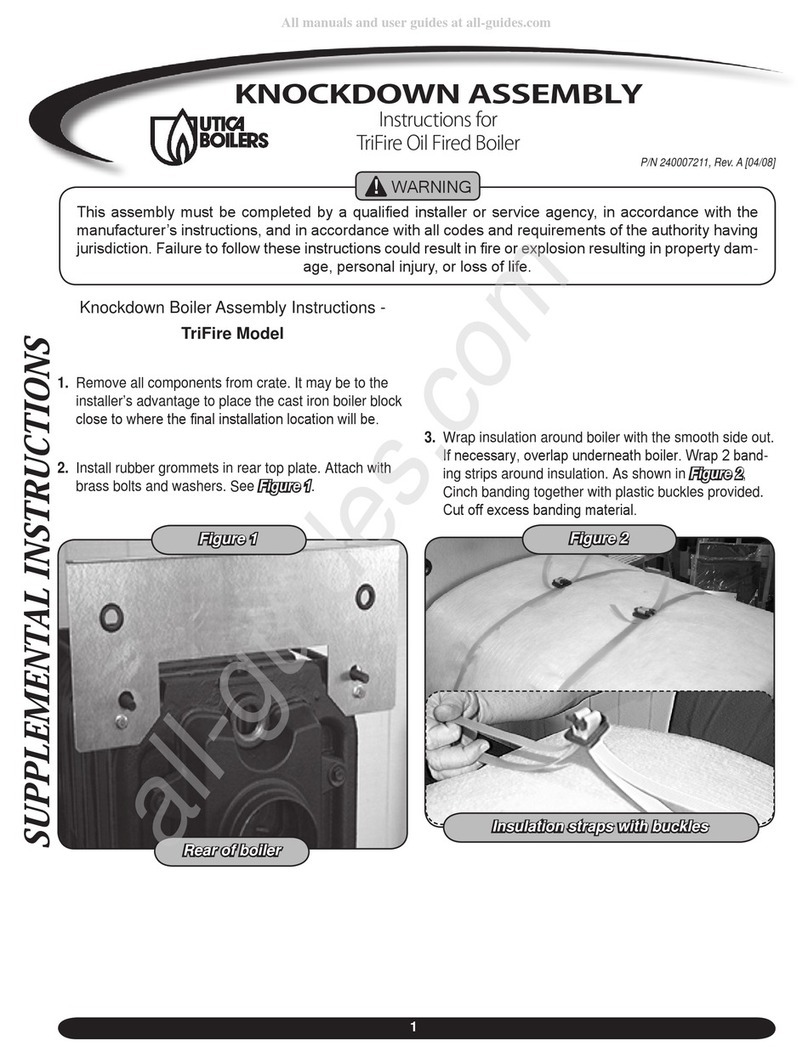6
IMPORTANT SAFETY ADVICE
• Ensure that an approved carbon monoxide detector
(BS EN50291:2001) is fitted in the same room as the
stove. It should be powered by a battery designed for
the working life of the alarm.
• External surfaces including the fire chamber door
and operating handles, windows and stove bodywork
will become extremely hot. Always use the tool
provided and avoid touching these parts of the stove
without proper protection, such as heat-resistant
gloves or other protective aids.
• Potentially combustible material or objects such as
soft furnishings should never be left on or near any
of the stove’s hot surfaces. Ensure that wood supplies
and log baskets are kept at a safe distance from the
stove. See Minimum Distance to Combustibles page 3.
• Never leave children unattended in the room where
your stove is being operated. Ensure that children are
aware of the potential danger and make sure that
they keep clear of the stove when it is in operation.
Where children, the elderly or the infirm are present
always use a fireguard manufactured in accordance
with BS 8423:2002 to prevent accidental contact with
the stove.
• This stove should not be fitted in a room with an
extractor fan (eg kitchen) as this will adversely effect
the air quality in the room and could be dangerous for
the room’s occupants. It will also starve the stove of
combustion air and reduce the stove’s efficiency.
• To ensure your safety make sure that your stove’s
installation complies with all local, national and
European building regulations’ ventilation requirements.
Low energy houses have their own particular
requirements and these should be strictly adhered to.
• Do not use flammable liquids to ignite the fire. In
the confined space of the stove’s fire chamber there is
a real potential to cause a life-threatening flash flame
or explosion.
• Never over-fire the stove. If any external parts of
your stove glow red during operation then immediate
action should be taken to reduce the supply
of combustion air to the fire chamber through the
Primary and Secondary Air controls which should
quickly limit the intensity of the fire.
• This stove is CE approved and tested to EU EN13229
standards in the United Kingdom by Kiwa GasTec at
CRE of Stoke Orchard, Gloucestershire. Alterations to
its construction could be potentially dangerous and
will also render your product warranty void.
• Do not use aerosol products in the vicinity of the
stove when it is in use.
• Check and clean the stove’s flue way and the top
of the baffle plate regularly to help avoid potential
blockages.
• Clean your chimney regularly.
BOILER STOVE SYSTEMS –
SPECIFIC SAFETY ISSUES
• If there is a possibility that part of the heating
system may be frozen you should not light the stove
until you are confident that the system is free of ice,
has no leaks and that the water can fully circulate.
• This stove requires a dedicated non-closable air
vent of the appropriate size for its maximum heat
output and this should be located in the same room
as the stove. An adequate supply of combustion air
is essential for the safe operation of this stove – see
page 5 for maximum outputs.
• The system should not rely solely on gravity fed
circulation but must also incorporate a circulation
pump.
• This stove should not be connected directly to a
sealed or pressurised system without including a
safety ‘buffer’ between the systems such as a thermal
store, heat exchanger or specialist link-up component.
This will also help neutralise any pipe size difference
between the two systems which could adversely affect
performance.
•The cold feed and open vent flows must not be
fitted with any manual or automatic valve. The system
flow must not be able to be ‘closed off’ so that there
is always a clear flow route from the stove to the
system’s open vent
• In the event of a power cut or circulation pump
failure your stove will continue to produce hot
water which could be potentially dangerous. Your
system design should therefore provide for the safe
dissipation of excess hot water through a heat loss or
heat leak radiator.
• Motorised valves must revert to the open position in
the event of a power failure. This will allow heat to be
safely dissipated through the system’s natural gravity
circulation process.
• Although it is common practice for heat leak
radiators to be located in an upstairs bathroom it is
worth noting that on some boiler stove systems the
heat leak radiator can get very hot and therefore we
recommend installing a low surface temperature type
radiator and / or locating it where young children or
the infirm won’t accidentally come into contact with it
• The heat output to water from this boiler stove must
not be significantly greater than any potential usage.
The system’s heat release feature, especially if linked,
must be sufficient to prevent the system from over-
heating.
• The system design must incorporate a drain point,
preferably near the boiler stove, and be sufficient
to empty the system of any residue water during
maintenance or removal.
• The installation of any electrical services, for example
to system valves, the circulating pump and the link-
